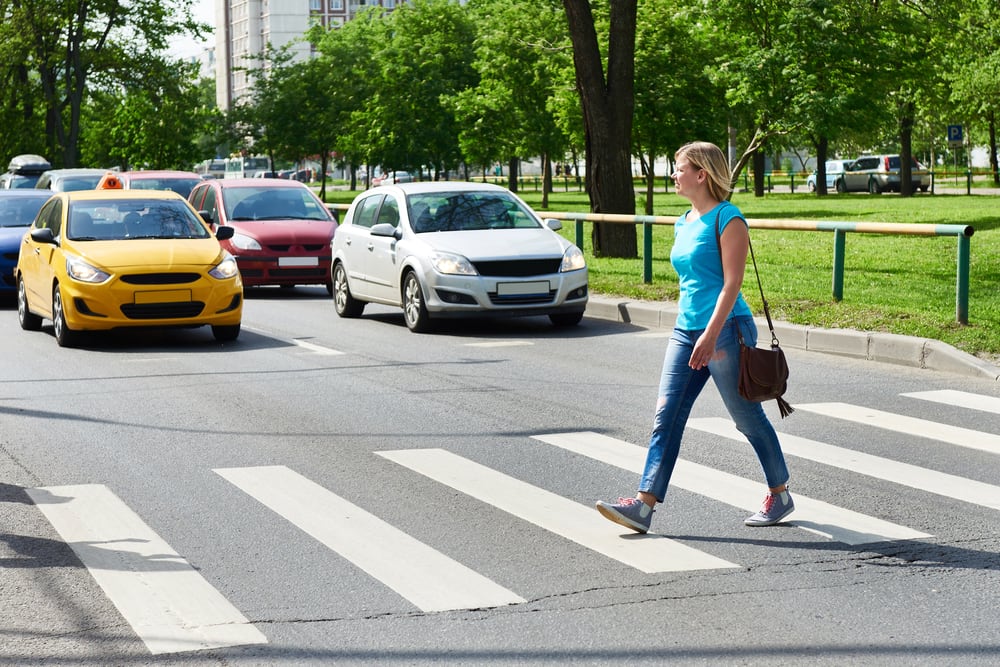

Right-of-way law in Florida does not tell you whom has the right of way in any given traffic situation. It actually tells you who has to yield the right of way. Most intersections are marked, and this makes determining right of way easy. But if an intersection is not marked, then you have to know the rules in order to protect yourself and other drivers.
Summary of Florida right-of-way laws
The right-of-way laws in Florida can be summarized as follows:
Intersections
Most intersections will have stop marks. You must always stop behind them and yield right of way to other traffic that is in the intersection, and also to pedestrians, moving forward only when the way is clear.
The first vehicle in the intersection should proceed first.
If one or more vehicles enter the intersection at the same time, or approximately the same time, then the right of way goes to the vehicle on the right.
At a two-way stop, the vehicle that is turning gives right of way to the vehicle that is going straight.
When entering a state highway, or crossing it, from a secondary road, you give right of way to the vehicles already on the highway.
Vehicles on paved roads have right of way over vehicles on unpaved roads.
If you are turning left, you must yield right of way to vehicles coming from the opposite direction.
Roundabouts
In these circular intersections, the vehicles that are in the circle have the right of way.
Enter a roundabout from the left, yielding to traffic already in the roundabout. Wait for a gap.
If there is no traffic in the roundabout, just enter – there is nothing to yield to.
In a multi-lane roundabout, use the right lane to go right or straight. Use the left lane for a U-turn.
Always yield to cyclists and pedestrians.
Driveways
If you are entering a road from an alley or driveway, or from the roadside, you must yield to vehicles occupying the main road.
You must also yield to cyclists and pedestrians.
Sharing the road with pedestrians
You are always responsible for the safety of pedestrians. This includes skateboarders and roller skaters, and even cyclists.
You must yield to any pedestrian crossing any marked crossing, intersection or driveway.
When yielding to a pedestrian in a crosswalk, your wheels may not be in, or touching the crosswalk.
You may not pass a vehicle that is stopped at a crosswalk.
You must always yield to anyone who is visually impaired or using a mobility assistive device like a crutch, cane, walker or wheelchair.
You must also yield to anyone who appears confused or incapacitated in any way.
Emergency vehicles
- You must invariably yield the right of way to emergency vehicles when they are using their sirens and flashers, regardless of signs or signals.
Common misconceptions about Florida’s right-of-way laws
If you live and drive in Florida, you may think that the term “pedestrian” is to be taken literally, as “someone who walks.” In fact, in Florida, unlike many other states, cyclists are actually considered to be pedestrians, and must be accorded the same consideration.
Penalties for failure to yield
In Florida, failure to yield will earn you 3 points on your driver license, and a $60 fine.
For further information, refer to the Florida Class E Driver License Handbook pages 30-31 and 39 and 44.



